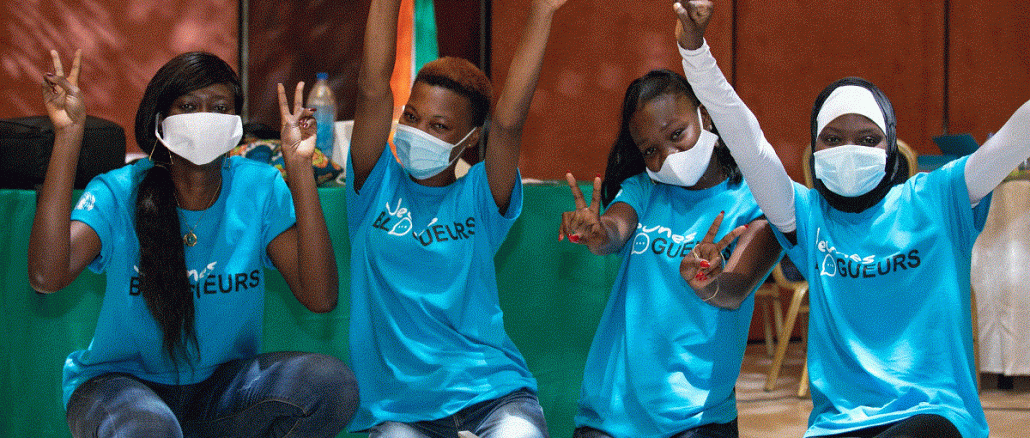
They’re not waiting on adults to fix the problems that affect our daily lives.
Every child has a story. That principle has helped UNICEF, the United Nations Children’s Fund, build an unprecedented global support system for the world’s children since its founding in 1946. And it’s these stories and these children who are helping to change our world for the better. Young people are more than capable of offering creative solutions that deal with the most vexing challenges facing their generation, from pollution and global warming to cyber bullying and the social alienation of the Coronavirus pandemic.
As we prepare to celebrate World Children’s Day on November 20, UNICEF celebrates four Young Changemakers. Each of these young people has a story. And each of these stories is helping to build a better world today. Spend a little time getting to know Aditya, Maryam, Wendy, Anjali, and the wonderful work they’re doing to make the world a better, kinder place to be in.
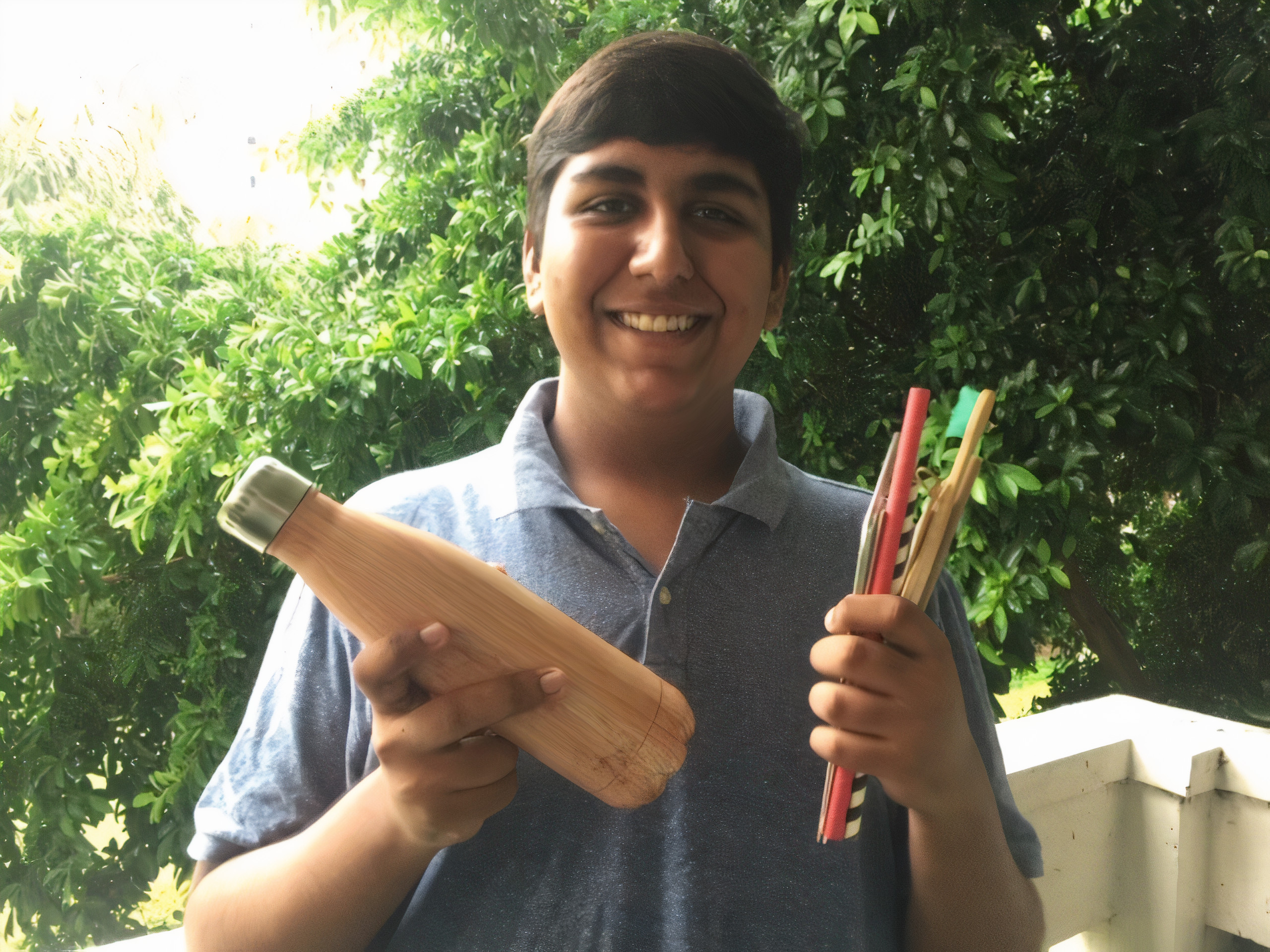
Aditya, India
A viral video of scientists pulling a plastic straw from the nose of a sea turtle gave Aditya his life’s purpose. The turtle writhed in pain as the scientists extracted the piece of plastic waste, commenting on the abundance of junk in the world’s oceans. “The crying of the turtle really moved me, and made me wonder why can’t we just eliminate single use plastics,” Aditiya told VICE.
With guidance from a school mentor, Aditya decided to try to end the use of plastic straws in his hometown in India. While straws represent only about one percent of the plastic waste polluting the world’s oceans and entering the global food chain, they can help consumers understand the need to eliminate single-use plastics, say scientists at Stanford University in California.
He compiled a list of eco-friendly alternatives and suppliers, and the project took off. Restaurant owners and shopkeepers were delighted to cut back the use of plastic straws, if only to save money.
As student body head of environmental efforts, Aditya organized dozens of classmates to end the use of straws and other single-use plastics, targeting local stores across the capital Delhi. The slogan for his campaign: “Refuse it if you can’t reuse it.”
By asking shopkeepers how many straws they’d purchased the year before, Aditya calculates his effort has eliminated about 26 million straws. That’s still small change in a country that produces some 26,000 tons of plastic waste per day, but it’s a start. Next up, Aditya wants to expand his campaign to get government action to ban single-use plastics in India. “The youth have taken it into our hands to protect our future and our right to a sustainable planet,” he said. “We will show the government that the youth want climate action and this will hopefully encourage the government to take action.”
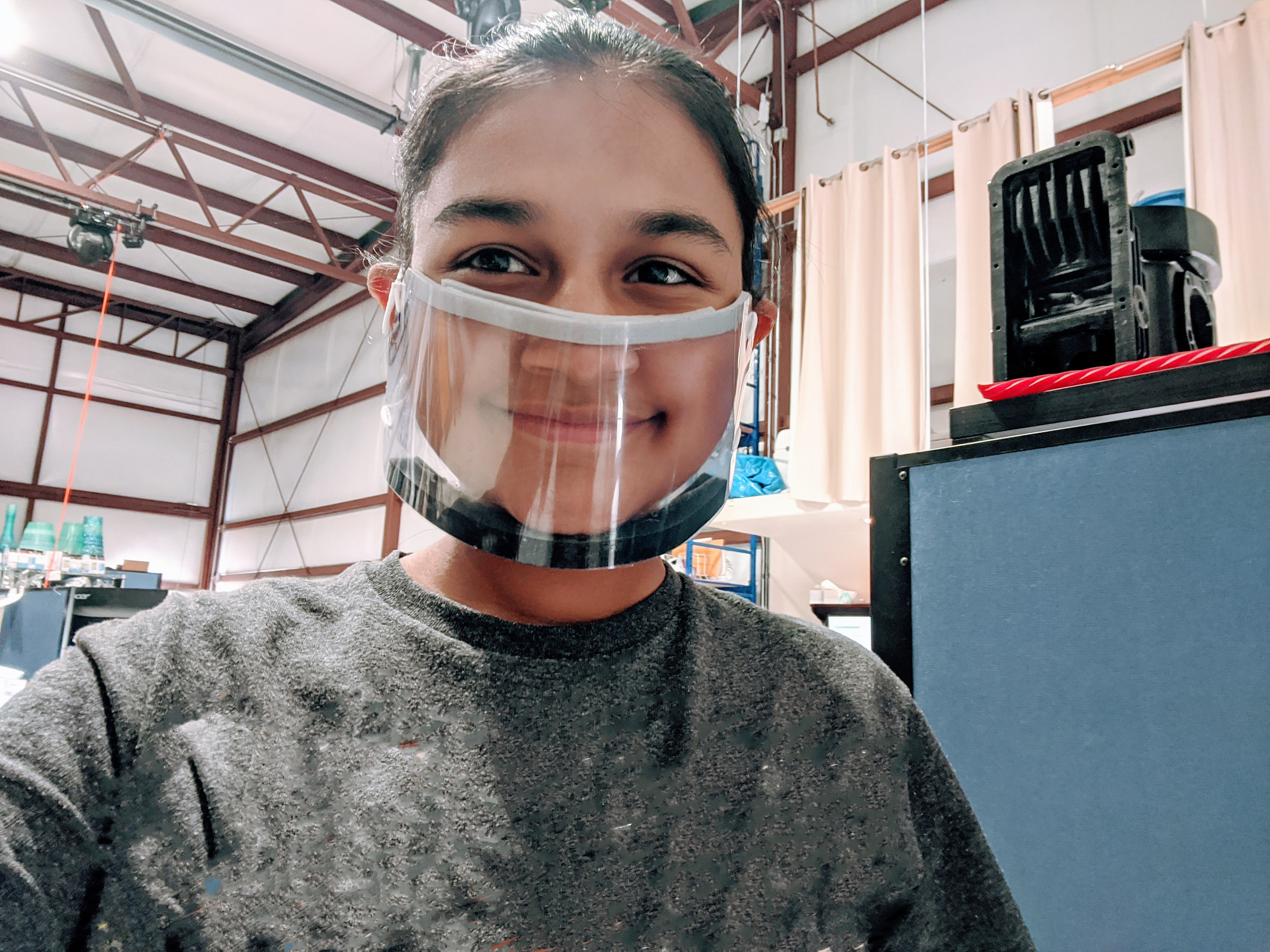
Gitanjali, USA
Moving from Ohio to Tennessee to Colorado, Gitanjali has attended seven schools in her 14 years, so she knows what it’s like to be the new kid—trying to make friends, learn new social patterns and wind up on the receiving end of class and cyber-bullying. “It’s not the most fun thing in the world,” she told VICE.
“I knew something needed to be done, because we couldn’t just be sitting here and waiting for people to change themselves,” she said. ”I really needed to put that message out there because if no one else was going to do it, I was.”
That prompted Gitanjali, a lively and effusive self-taught computer programmer who peppers her conversation with tech-speak terms like “sprints,” “front end development,” and her own “innovation journey,” to come up with an anti-cyber bullying solution that her peers could use on their smartphone in their pocket or web browsers. Called Kindly, the solution developed as a combination of a self learning service is intended to help students self identify cyber bullying language in their messages, emails and social media interactions, and correct themselves. It is built to encourage learning and awareness before an event, rather than punishing after the fact.
Using artificial intelligence that evolves along with a child’s language, her service and corresponding apps and plugins show kids how their speech can harm others, teaching them how to not be a cyber-bully.
To encourage community involvement and to create general awareness of
cyberbullying, Gitanjali has put out a call for front end developers to come up with innovation solutions using her service that is now globally available. And Gitanjali has no plans to let up. She’s already created a device she calls Tethy, to help detect lead in drinking water, and another called Epione, to help diagnose prescription drug abuse. “My innovation journey is always on a roll,” she said.
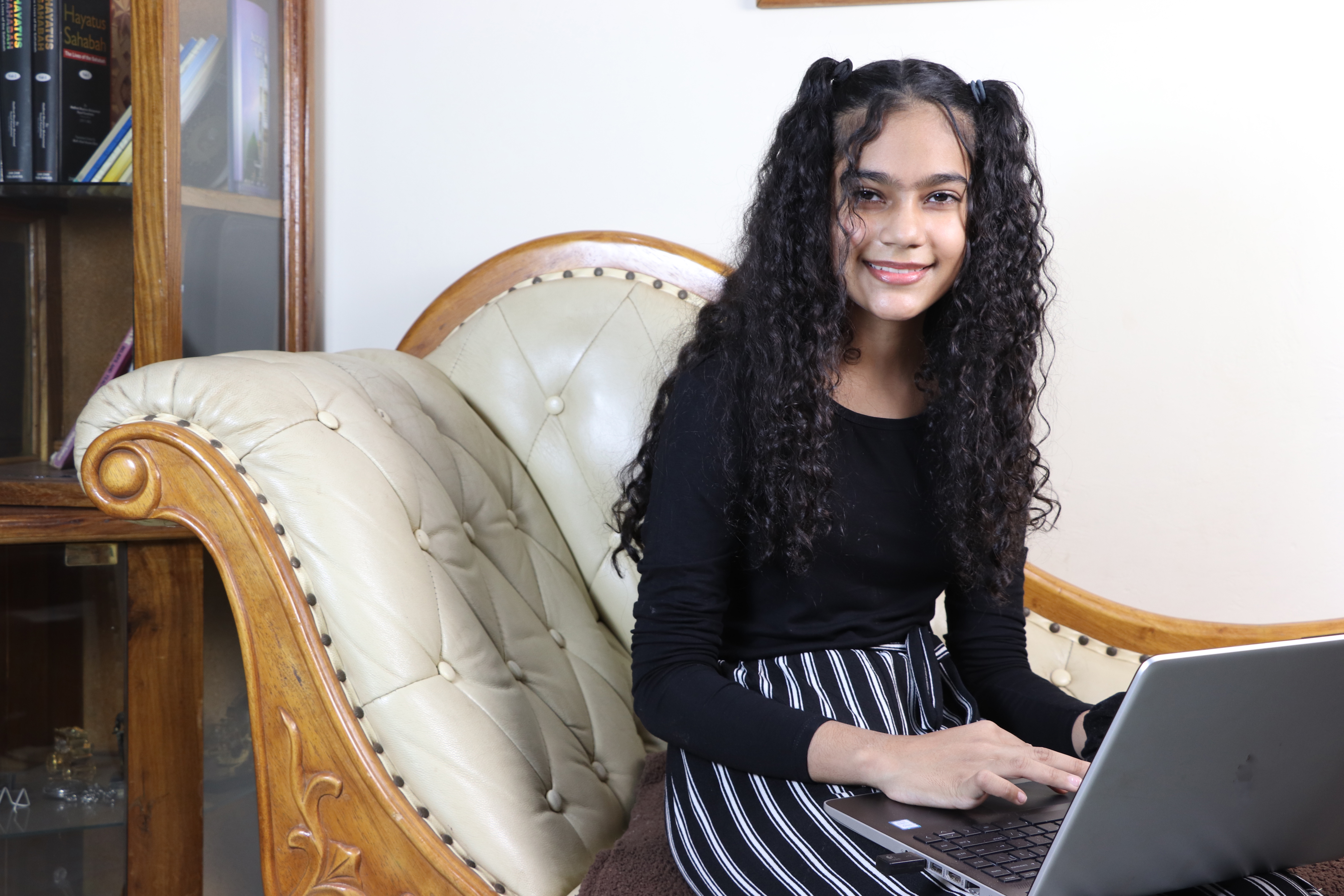
Maryam, Malawi
When the Coronavirus epidemic hit the southern African nation of Malawi, Maryam grew concerned about her elderly neighbors who lived alone. Leaving their homes to shop for food or other essentials was risky, and many in the capital Lilongwe are far from children or grandchildren who could help them.
So when UNICEF launched a Covid-19 youth challenge, urging young people across the country to devise solutions to the problems facing their communities, Maryam proposed an app that would connect seniors with young people who could more safely and easily run errands for them.
Elders attach their credit card or payment information to the app, so there’s no need for the helpers to carry cash to pay for groceries or medicines or other supplies. Young people can see who is nearby, or on their list of favorite elders and relatives who need help.
More than 1,700 Malawians entered the contest and, with her app voted one of the top ten proposals, Maryam was invited to a two-month long remote incubator program where she developed the app and learned some basic business skills. She began designing the app with an online platform aimed at tech novices, but as the development work grew more complex she found a professional app designer to work with.
Maryam expects TaskMe to go live by the end of the year and says early feedback from her beta testing shows many test users hope to take a little pressure off themselves and sign up their mothers and grandmothers on the app. “Nowadays people have become too busy,” she said. “And the app is a way for them to help out their elderly relatives if they are busy.”
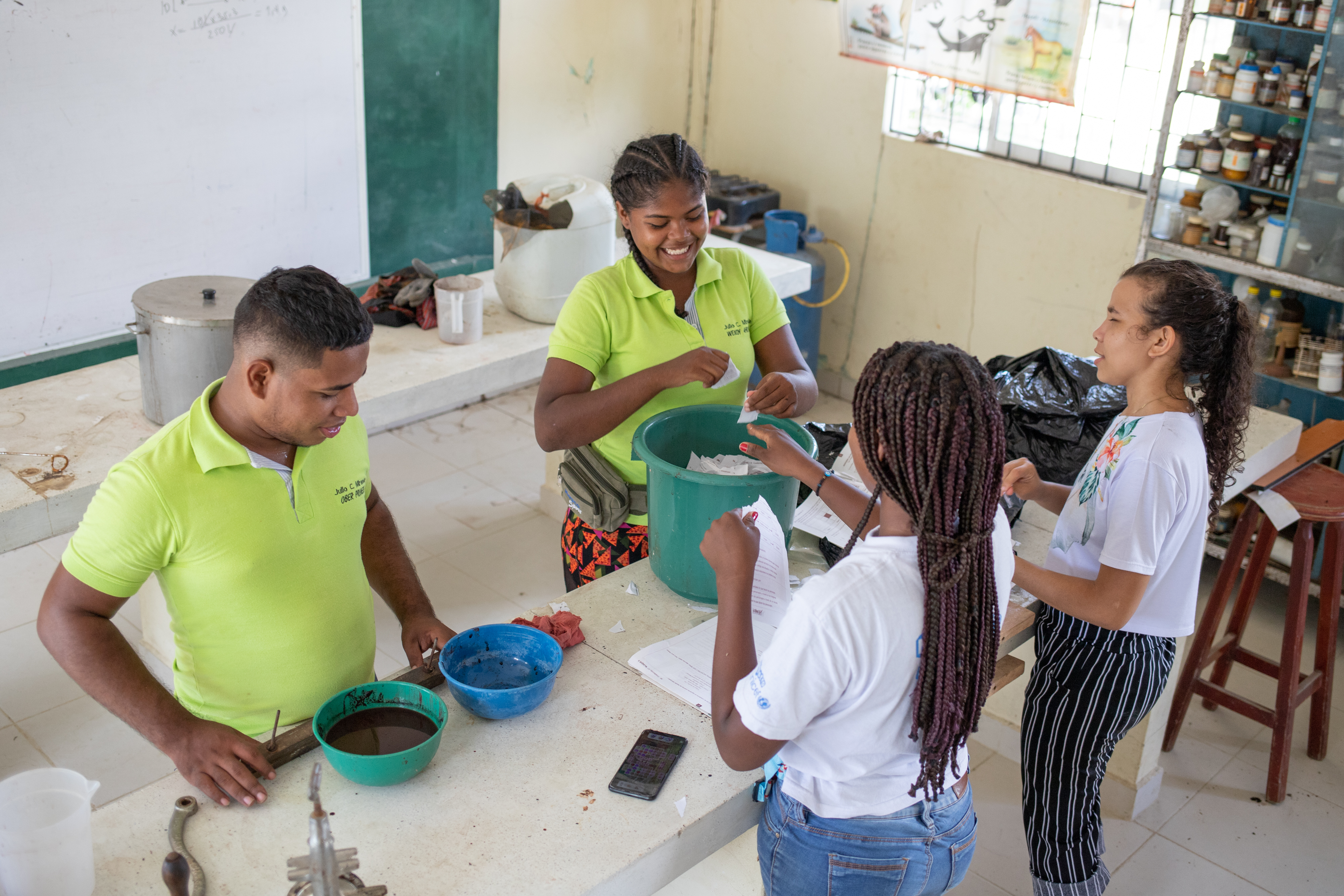
Wendy, Colombia
The town of San Antero, along Colombia’s Atlantic coast, produces two things in abundance: mangrove leaves from the forests of saltwater trees, and donkey dung from the carts of the local farmers, who use the stubborn beasts to till their land and carry crops to market.
As an environmentally minded high school student, Wendy saw a way to help combat pollution and global warming while doing a small bit to add to the incomes of impoverished local families. She organized local kids to make paper by mashing and cooking the leaves and dung, along with discarded newspapers, into artisanal paper.
“Our planet is sending us clear signals with all the global warming, with all the pollution we are experiencing, and she is shouting out loud that it is time to act,” Wendy said.
Animals eat low-grade grasses and leaves containing the same cellulose that industrial paper makers get from trees. When animals chew the food and expose it to enzymes and acid in their stomach, the manure that comes out is about 40 percent cellulose, and turning it into the pulp needed to make paper requires less energy and fewer chemicals than using raw wood. That makes it an attractive raw material for students in this impoverished region.
“Our super machine is a blender and a cooking pot,” said Wendy. The students bind their homemade paper into notebooks and diaries for students at the Pontifical Bolivarian University of Monteria, the capital of her state.
Already, some 700 students have taken part in Wendy’s papermaking venture, producing about 150 notebooks and diaries a year. Wendy’s hope is that the students take the idea home, where their families can make paper as a source of additional income, and children learn about the environment. “The kids shouldn’t see this as a job, but more as a learning experience,” she said.
Now studying environmental science and communications at the university in Monteria, Wendy sees her role as preparing other youth to lead their communities. “We have to train more young leaders who know their rights, and who let our political leaders know that they have to answer to us,” she said. For this reason, she is one of the protagonists of #OneGeneration campaign, promoted by América Solidaria Foundation and UNICEF in the context of World Children’s Day, to be commemorated on November the 20th. The aim of the campaign is to make youth climate leadership visible and to call for action against climate change. “This is the last planet that exists, and it’s shouting for help.”
By Peter Green
